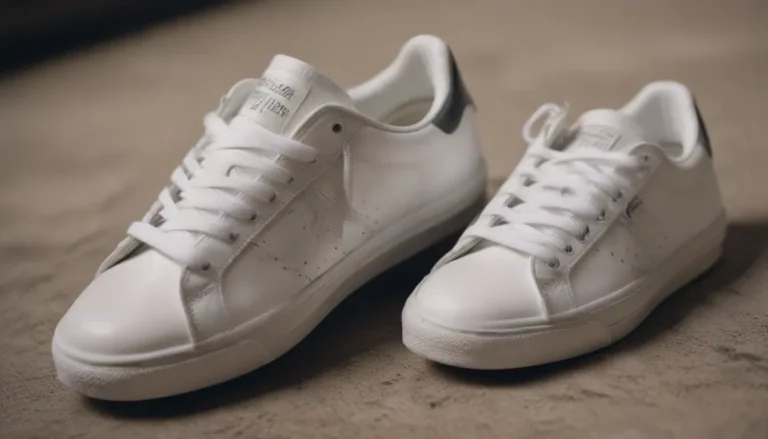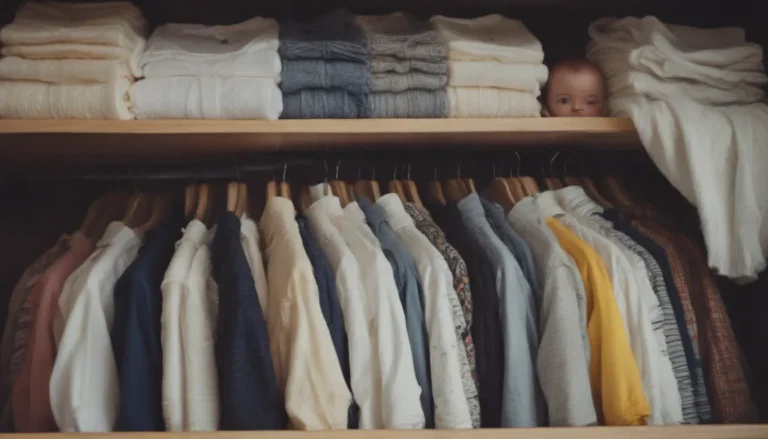A Complete Guide on How to Control Bugs That Eat Clothes

Are you tired of finding your favorite sweaters and shirts ruined by pesky bugs? Whether it’s carpet beetles, clothes moths, cockroaches, crickets, silverfish, or even termites, these clothing-eating bugs can quickly turn your closet into a disaster zone. But fear not! In this comprehensive guide, we will walk you through how to identify common clothing pests and provide you with effective methods to control and prevent infestations. Say goodbye to holes in your favorite garments and hello to a bug-free closet!
Identifying Common Clothing Bugs
Before we dive into the control methods, let’s take a closer look at some of the most common bugs that love to snack on your clothes:
Carpet Beetles
– Three species of carpet beetles, with the black carpet beetle being the most common
– Female carpet beetles lay around 100 soft white eggs in concealed places
– Larvae feed on natural fibers such as wool, mohair, fur, and feathers
Clothes Moths
– Webbing clothes moth and case-bearing clothes moth are common culprits
– Larvae feed on wool, cashmere, and mohair clothes, creating holes in the fabric
– Multiple generations can be produced within a year
Cockroaches
– Attracted to perspiration, body fluid stains, food spills, and laundry starch
– Can cut holes in fibers or weaken them, leading to holes in clothes
– Excrement can stain clean clothes, requiring non-chlorine bleach for removal
Crickets
– Attracted to body soil, food and beverage stains, and laundry starch
– Excrement can stain clean clothes if dried outside
– Crickets often cut the threads of the fabric during feeding
Silverfish and Firebrats
– Silverfish are wingless insects that feed on natural fibers like silk, cotton, and rayon
– Firebrats are active at night and prefer warm spaces, such as attics
– Both insects can create irregular holes in fabrics following food stains
Termites
– Attracted to stained clothing and can cause holes in fabric
– Termite infestations are best treated by commercial pest control
Now that you can identify these pesky bugs, let’s move on to how you can control and prevent them from destroying your clothes.
Controlling Bugs That Eat Clothes
Carpet Beetles:
Control Methods:
– Thoroughly clean baseboards, corners, and edges of carpeting where beetles hide
– Vacuum infested areas multiple times in different patterns
– Use insecticides with permethrin, bifenthrin, deltamethrin, or tralomethrin as active ingredients
Organic Methods:
– Use non-toxic alternatives such as cedar and lavender for carpet beetle control
Clothes Moths:
Control Methods:
– Use mothballs or blocks containing naphthalene or paradichlorobenzene
– Consider moth traps or natural repellants like cedar and lavender
Cockroaches:
Control Methods:
– Clean and sanitize areas around clothing to remove food sources
– Use residual insecticides or baits with chlorpyrifos, propoxur, pyrethrins, or pyrethroid
Organic Methods:
– Create homemade insecticides using less toxic ingredients for cockroach control
Crickets:
Control Methods:
– Remove sources of moisture and food to deter crickets
– Use insecticides with chlorpyrifos, permethrin, or propoxur for large infestations
Silverfish and Firebrats:
Control Methods:
– Thoroughly clean before treatment to remove food sources
– Use spray insecticides containing bifenthrin, cyfluthrin, tetramethrin, or phenothrin
Termites:
Control Methods:
– Seek professional pest control treatment for widespread termite infestations
– Maintain cleanliness and reduce moisture levels to prevent further damage
By following these control methods and taking preventive measures, you can protect your clothes from being eaten by bugs. Remember, prevention is key to avoiding costly damage to your wardrobe.
Preventing Bug Infestations
In addition to controlling existing infestations, taking preventive measures can help keep bugs at bay and protect your clothes:
- Store clothing in sealed containers or bags
- Keep closets and drawers clean and well-ventilated
- Regularly wash and dry clothes on high heat to kill any eggs or larvae
- Inspect secondhand furniture and clothing for signs of infestation before bringing them into your home
By incorporating these preventive measures into your routine, you can reduce the risk of bug infestations and protect your favorite clothes from becoming a snack for pesky pests.
In Conclusion
Controlling bugs that eat clothes doesn’t have to be a daunting task. By identifying common clothing pests, utilizing effective control methods, and taking preventive measures, you can safeguard your wardrobe and keep your clothes in top condition. Remember, early detection and swift action are key to preventing costly damage to your clothing. With the right knowledge and tools at your disposal, you can say goodbye to bug-infested clothes and hello to a pest-free closet. Happy clothes, happy you!
Remember, a little knowledge goes a long way in keeping your clothes safe from these fabric-munching bugs. Stay informed, stay proactive, and you’ll be able to enjoy your wardrobe for years to come. So, go ahead, tackle those bugs, and reclaim your closet!
Sources:
– NC State Extension Publications
– National Pesticide Information Center
– UMN Extension
– NC State Extension Publications





